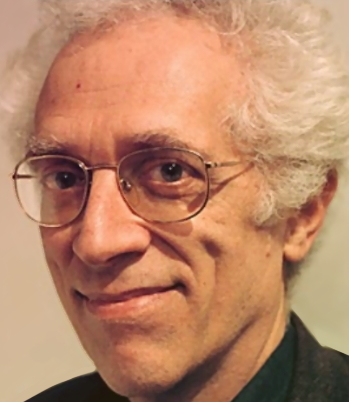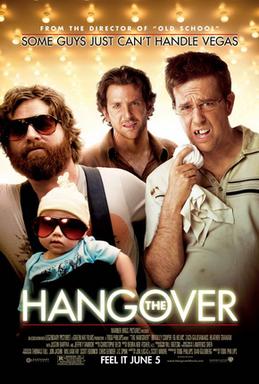The third and final figure in my research into theories is Vladimir Propp. I will be researching him and his theory of characters.
Vladimir Propp suggested that characters took on the role of narrative 'spheres of
Vladimir Propp suggested that characters took on the role of narrative 'spheres of
action' or functions. From a comprehensive study of folktales Propp came up with
seven different character types:
• The hero, usually male, is the agent who restores the narrative equilibrium
often by embarking upon a quest (or search). Propp distinguishes between
the victim hero, who is the centre of the villain's attentions, and the seeker
hero who aids others who are the villains victims. The hero is invariably the
texts central character.
• The villain who usually creates the narrative disruption.
• The donor gives the hero something, it may be an object, information or
advice, which helps in resolution of the narrative.
• The helper aids the hero in the task of restoring equilibrium.
• The princess (the victim) is usually the character most threatened by the
villain and has to be saved, at the climax, by the hero. The father's (who in
fairy tales was often the king) role is usually to give the princess away to the
hero at the narrative's conclusion. He may also despatch the hero.
• The dispatcher sends the hero on her or his task (who can typically be the
princess father)
• The false hero appears to be good but is revealed, at the narrative's end, to
have been bad
Characters can fulfil more than one sphere character type, for example; a princess
may also be a helper.
- The hero would be Shrek
- The Villain would be Lord Farquaad
- The Donor would be Donkey
- The Helper would be Donkey
- The princess would be Fiona
- The dispatcher would also be Lord Farquaad
- The False Hero would be Prince Charming
Again this research has given me a solid understanding of this theory and allowed me to think about how this theory could be related into my own project.
Within my short film it is extremly difficult to try and recognise the characters that Propp distinguished in this theory. This is because there is only two chracters and even within this, these two characters do not fit with the conventional characters mentioned here or that are seen in mainstream films. Propps theory is generally related to mainstream feature films whereas my film is a short film and generally the chracters are different and not so easily categorised.
.jpg)


